Water transfer point
Through a new pipeline, purified recycled water is transferred from the Water Recycling Plant into the River Yar upstream of Alverstone Weir.
We’re planning to introduce a water recycling plant in Sandown, to provide a new source of water for our customers on the Isle of Wight and reduce the reliance on the mainland.
Currently, around one-third of the Isle of Wight’s water supply comes from the River Test in Hampshire and is pumped across to the Island via the Cross-Solent Main.
However, we need to find new sustainable sources of water to help keep taps and rivers flowing, following reductions in the amount of water we can take from the River Test and its associated aquifer. This need is amplified by the pressures of a growing population and changing climate.
The Isle of Wight Water Recycling Project at Sandown involves using a brand new four-stage wastewater treatment process that will treat the water to a high standard before pumping it to the new advanced treatment process. These further stages of treatment include reverse osmosis, where membranes with holes more than 50,000 smaller than the width of a human hair are used to filter out dissolved impurities.
The process produces purified recycled water which would be used to supplement flows in the Eastern River Yar, so there’s more water available further downstream.

After advanced treatment, the purified recycled water would be used to supplement flows in the eastern River Yar for further abstraction downstream. The project proposes the creation of a pipeline to move the water to the River Yar at Alverstone for release, where it will mix with the river water before abstraction at the existing Sandown Water Supply Works. Here it would be treated to drinking water standards and supplied to customers on the Isle of Wight.
Throughout 2023-24, we’ve undertaken ground and ecological surveys to work out the best route for the new water pipeline.

These proposals are subject to further engagement, consultation, and planning consent. Water recycling is just one of our strategic solutions we’re exploring to address water shortages on the Island and across Hampshire, including reducing leakage and improving water efficiency.
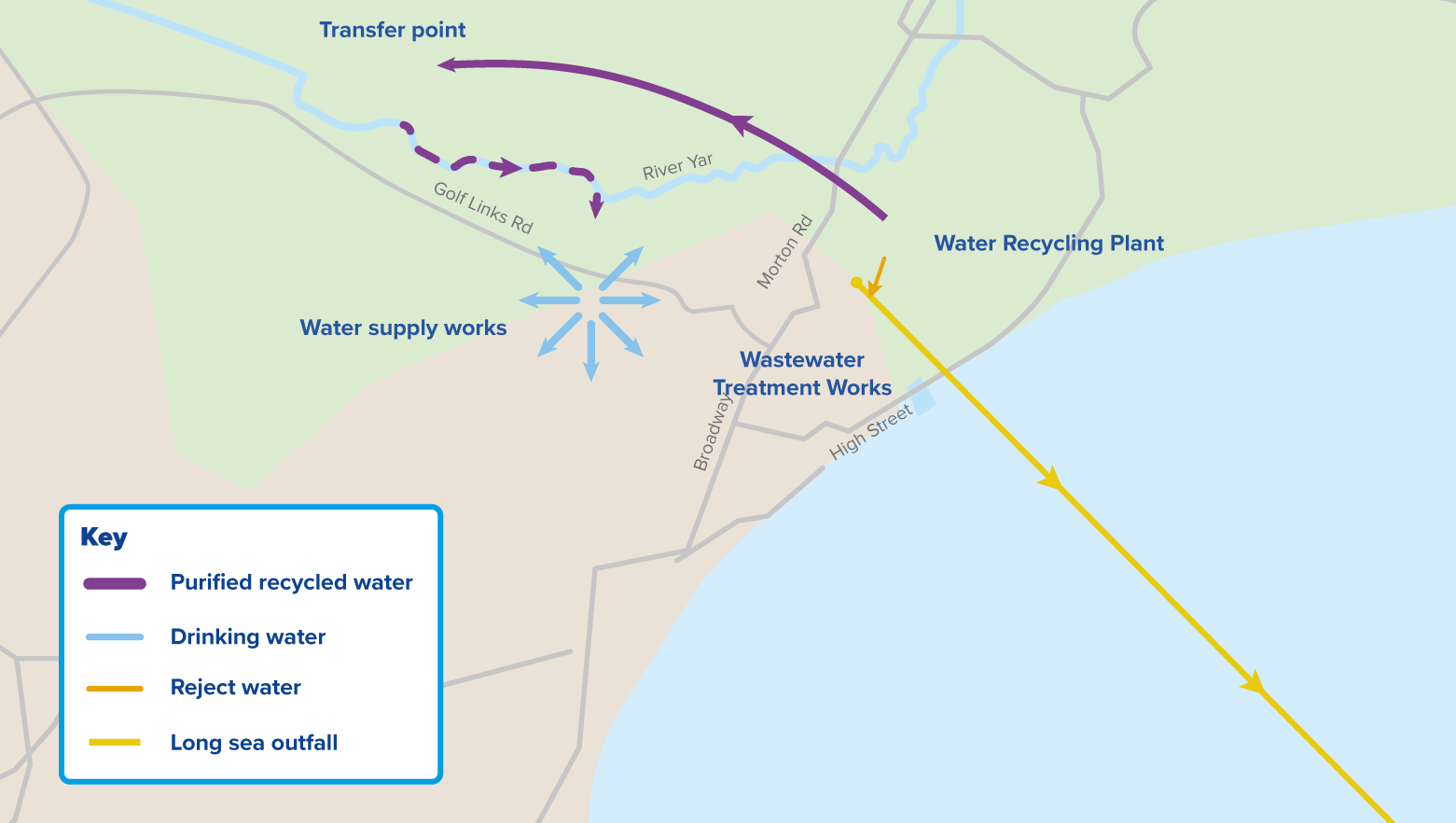
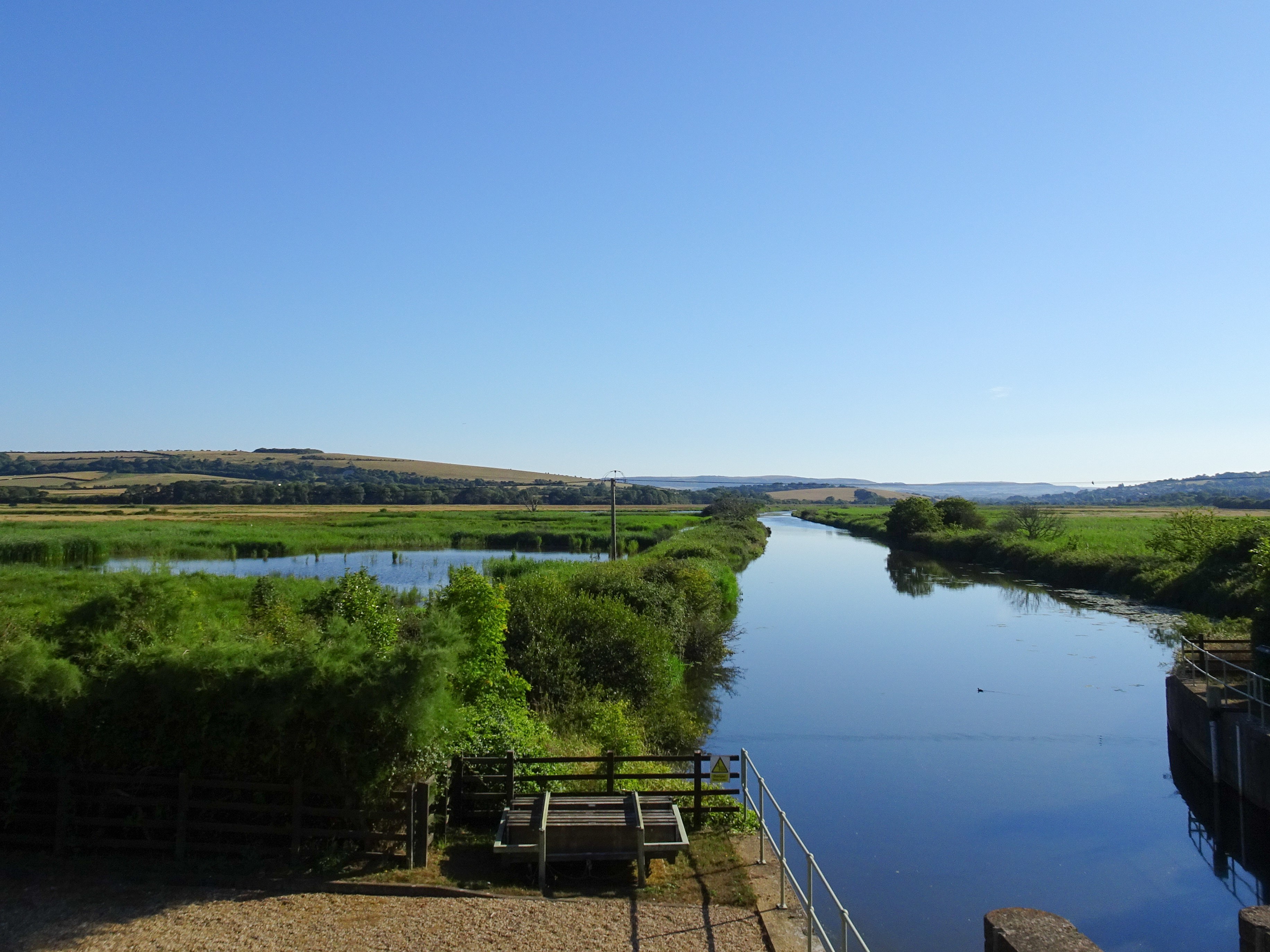
Through a new pipeline, purified recycled water is transferred from the Water Recycling Plant into the River Yar upstream of Alverstone Weir.
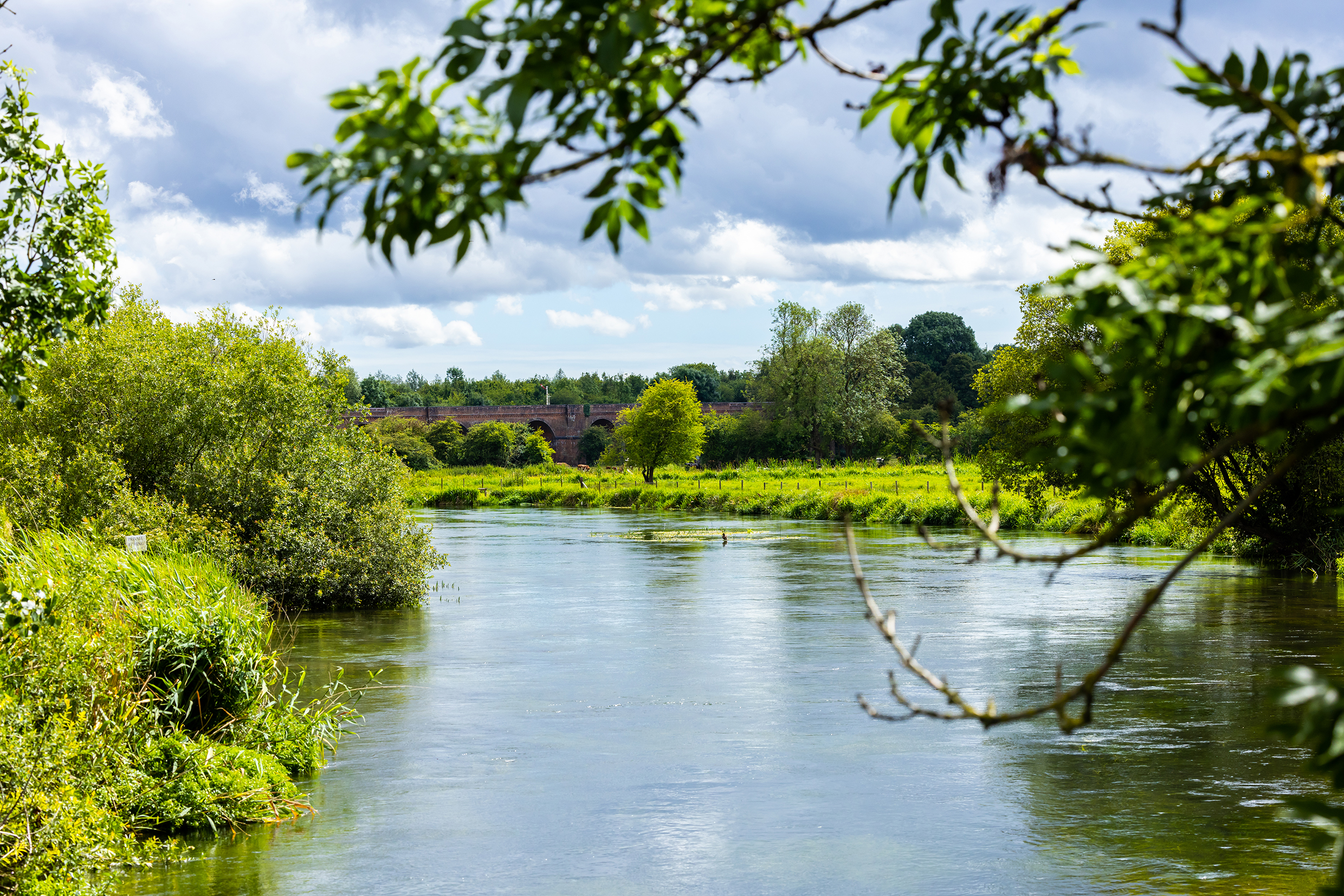
River water abstracted downstream and treated to drinking water standards at the existing Sandown Water Supply Works before being sent into supply.
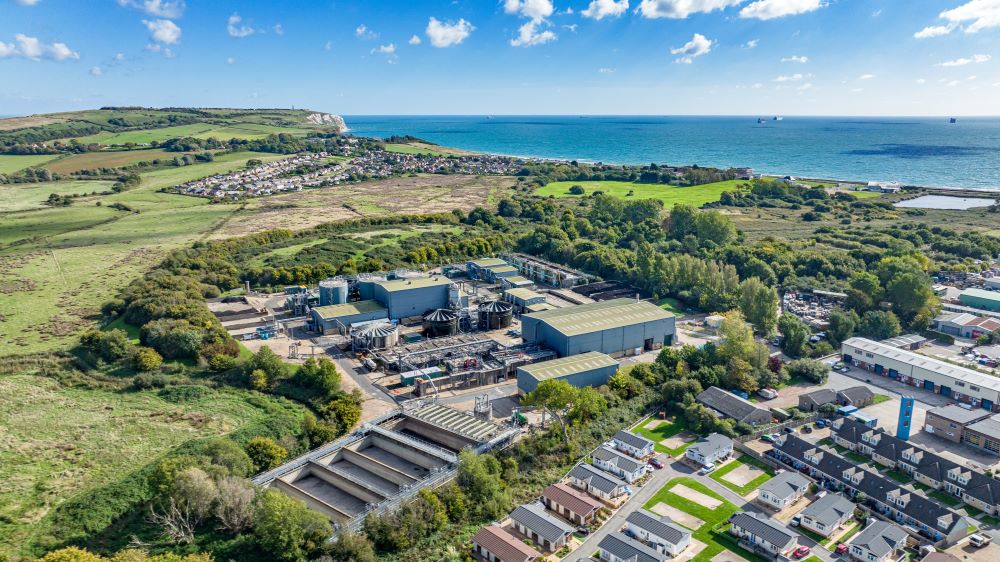
This is our existing treatment works.

This is on land next to the wastewater treatment works.
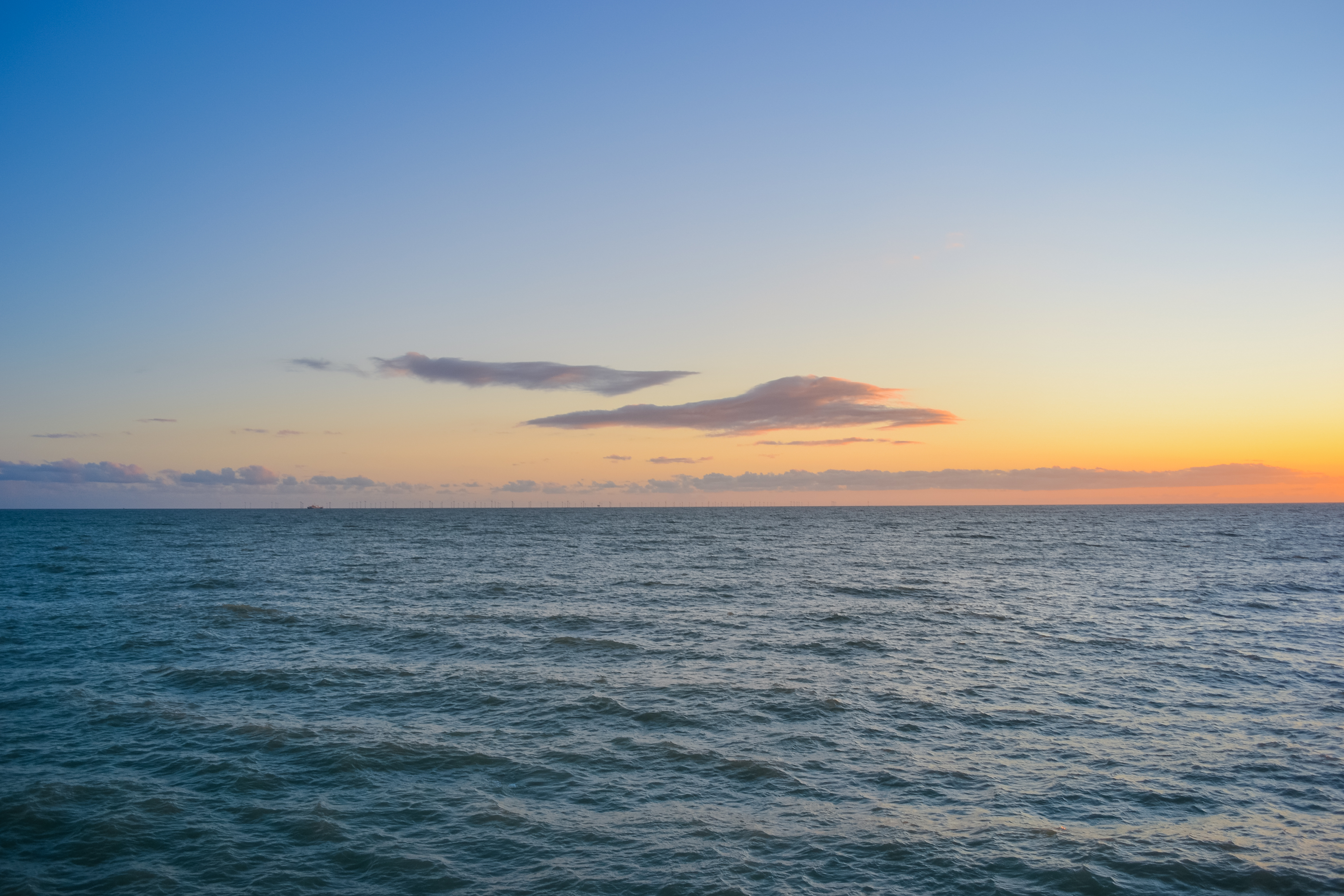
Reject water from the Treatment Works is released via the existing 3km long sea outfall.


Through a new pipeline, purified recycled water is transferred from the Water Recycling Plant into the River Yar upstream of Alverstone Weir.

River water abstracted downstream and treated to drinking water standards at the existing Sandown Water Supply Works before being sent into supply.

This is our existing treatment works.

This is on land next to the wastewater treatment works.

Reject water from the Treatment Works is released via the existing 3km long sea outfall.
Here's a timeline of what we've done so far and how we plan to complete the project by 2030.
Learn more about each step in the unique water recycling process on the Isle of Wight.

The South East of England is water stressed and the Isle of Wight and mainland Hampshire are particularly affected. The Isle of Wight is reliant on the mainland for one-third of its water via the Cross Solent Main which comes from the River Test.
Developing new water sources on Island, will make it more self-sufficient and reduce pressure on the River Test. To protect the environment, we need to reduce the amount of water we take from the Rivers Test and Itchen during times of drought. At the same time, population growth and climate change continue to put pressure on the demand for water.
We need to find new sources of water to make up the shortfall and meet the future demands of our customers without taking more water from the environment. Creating a new source of water using water recycling technology would address the water shortage on the Isle of Wight and help improve drought resilience in a 1-in-200-year drought.
The amount of water on earth does not change. In fact, all water on earth has been constantly recycled through the water cycle. Water recycling uses technology to speed up this natural process.
Currently, wastewater that has been cleaned and treated is released into the sea or another body of water in line with our permit from the Environment Agency. Over time, water from the sea evaporates and falls as rain, filling up our water sources like aquifers and rivers. Water is abstracted from these sources and treated to strict drinking water standards at a Water Supply Works before being sent into supply.
Water recycling eliminates the need to wait for evaporation and rainfall, speeding up the natural water cycle process. With water recycling, some of the treated wastewater would be diverted to a specialised plant where it would be treated further before being released into a lake, river, or reservoir to mix with other sources of water.
Yes, water recycling is a safe, established method of water treatment that has been used elsewhere around the world for over 40 years. Recycled water is used as a drinking water source in countries like Australia, Singapore and the USA.
Before this project is implemented, we will work with our regulators to undertake a rigorous system of process control, monitoring and performance assessments.
Yes, recycled water is treated using advanced treatment processes and all water fed into public supply will have also been through full drinking water treatment to meet strict water quality standards.
Our plans are still in the early stages of development, but we expect impurities removed from the recycled water to be transferred to Sandown Wastewater Treatment Works and mixed with the remainder of the wastewater that’s released from the site out to the sea through the existing long sea outfall.
We are surveying the environment, modelling the reject stream quality and investigating this proposal with the Environment Agency.